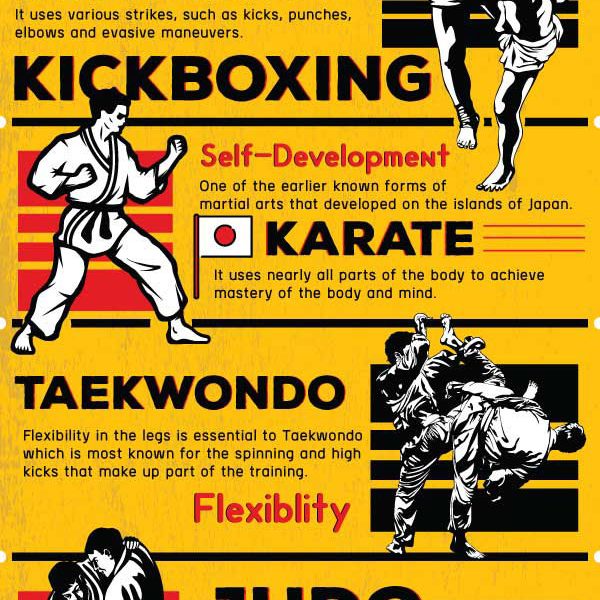Typical Martial Arts Vs. Modern Combat Sports: Understanding The Key Distinctions
Typical Martial Arts Vs. Modern Combat Sports: Understanding The Key Distinctions
Blog Article
Short Article Author-Skovbjerg Finnegan
When you think of martial arts, do you lean extra towards the typical methods or the modern fight sports? Each course offers unique advantages and experiences, formed by their ideologies and training methods. Standard martial arts emphasize personal development and discipline, while modern battle sporting activities focus on competition and performance. Understanding these differences can lead you in choosing the best approach for your trip. However how do these differences manifest in training and approach?
The Approach and History Behind Conventional Martial arts
While lots of people connect martial arts with physical combat, the philosophy and history behind traditional martial arts run much deeper. You'll locate that these self-controls stress individual growth, technique, and regard.
Stemming from old methods, typical martial arts were often established for Self-Defense and spiritual development. They symbolize concepts such as balance, consistency, and self-control, directing experts beyond mere battling abilities.
As you educate, you'll not only discover methods however also gain insights right into the culture and worths that formed these arts. The routines and customs, commonly passed down via generations, foster a feeling of community and belonging.
The Competitive Nature of Modern Battle Sports
Modern combat sports have actually changed the landscape of martial arts into an extremely affordable arena, where professional athletes take on in a test of skill, strategy, and endurance.
Recommended Web page 'll see that competitors are typically arranged with rigorous rules and guidelines, guaranteeing fair game and safety and security. https://www.alaskasnewssource.com/video/2023/06/12/empowering-women-with-self-defense-art-krav-maga/ draw in big target markets, sustaining the enjoyment and strength of matchups.
Athletes educate rigorously, not just for physical expertise however additionally for psychological toughness, understanding that every detail counts in the ring. https://martial-arts-kids33210.tokka-blog.com/35832041/boost-your-martial-arts-experiment-tailored-nourishment-and-fitness-recommendations-that-will-certainly-propel-your-skills-to-new-heights during competitors is palpable, as fighters press their limits to assert success.
Followers value the athleticism and artistry included, making modern battle sports a thrilling phenomenon that remains to evolve and astound enthusiasts all over the world.
Training Approaches and Methods: A Relative Evaluation
The affordable atmosphere of contemporary battle sporting activities needs ingenious training techniques that vary significantly from traditional martial arts.
In modern training, you'll focus on certain methods, competing, and conditioning, typically using drills that simulate actual battle circumstances. You'll see an emphasis on quantifiable performance and regular competition to assess your skills.
On the other hand, standard martial arts focus on forms, katas, and thoughtful trainings, frequently stressing self-control and regard over competitors.
Training is usually much less extreme and may involve repeated method rather than real-time sparring.
While both methods construct skill and physical fitness, modern-day fight sports supply a more vibrant and versatile training atmosphere, preparing you for prompt obstacles in the ring or cage.
Pick the path that straightens with your goals and passions.
Verdict
In selecting in between standard martial arts and modern combat sports, it really comes down to what you value most. If you're looking for individual development, technique, and a sense of area, traditional arts could be your ideal fit. But if you prosper on competition and real-time obstacles, modern-day battle sports could be the way to go. Ultimately, both courses use distinct benefits, so it's everything about aligning your training with your individual objectives and passions.
